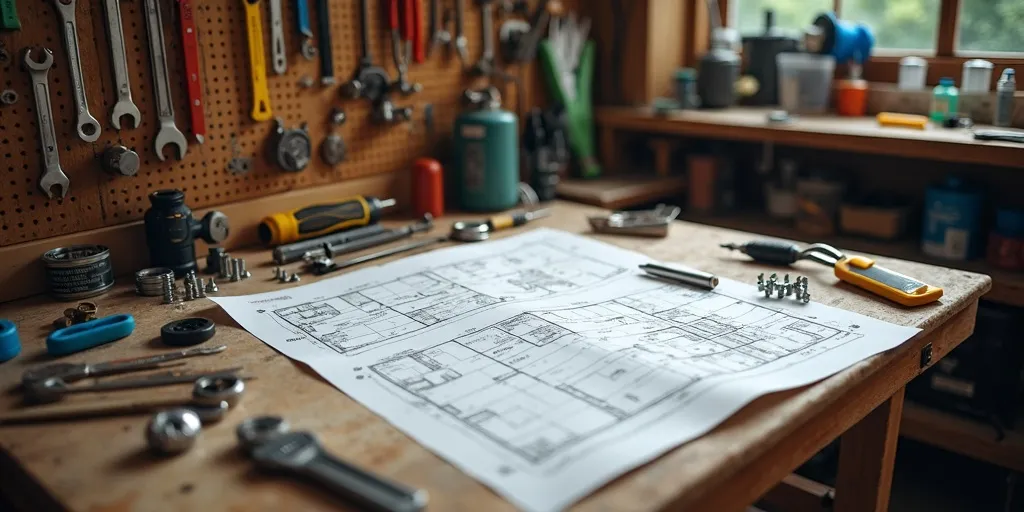-
Shopping Tools
-
Care & Maintenance
-
About
-
Dealer Login

Installing a golf cart shell ranges from easy to intricate—simple enclosures take an hour, full body kits demand tools, patience, and methodical fitment.
Whether you’re refreshing the look of your cart or adding all-weather protection, the difficulty of installing a “shell” depends on what you mean by shell. A soft enclosure that zips to the roof and frame is a straightforward DIY. A full body kit—new cowl, side panels, rear body, and trim—requires mechanical skill, careful alignment, and extra time for paint-matched finishes. If you’re upgrading a single cart or preparing a whole fleet of golf carts, this guide explains the factors that affect difficulty, the essential tools, and professional tips to achieve a clean, rattle-free result.
For a first-time DIYer, enclosures typically take 45–90 minutes with basic tools. Full body kits often run several hours (or a weekend) depending on model year, hardware condition, and whether painting or electrical work is included. Expect additional time for roof removal/reinstall and light wiring. When in doubt, a local cart shop can handle drilling, rivet setting, and paint-matched finishing while you manage the bolt-on steps.
Installing a golf cart shell isn’t one-size-fits-all. Soft enclosures are beginner-friendly; full body kits reward careful planning, proper tools, and patient alignment. Measure twice, dry-fit before drilling, protect finishes, and fuse any new wiring. Do that and you’ll end up with a quiet, solid shell that looks great, resists rattles, and stands up to daily use.
